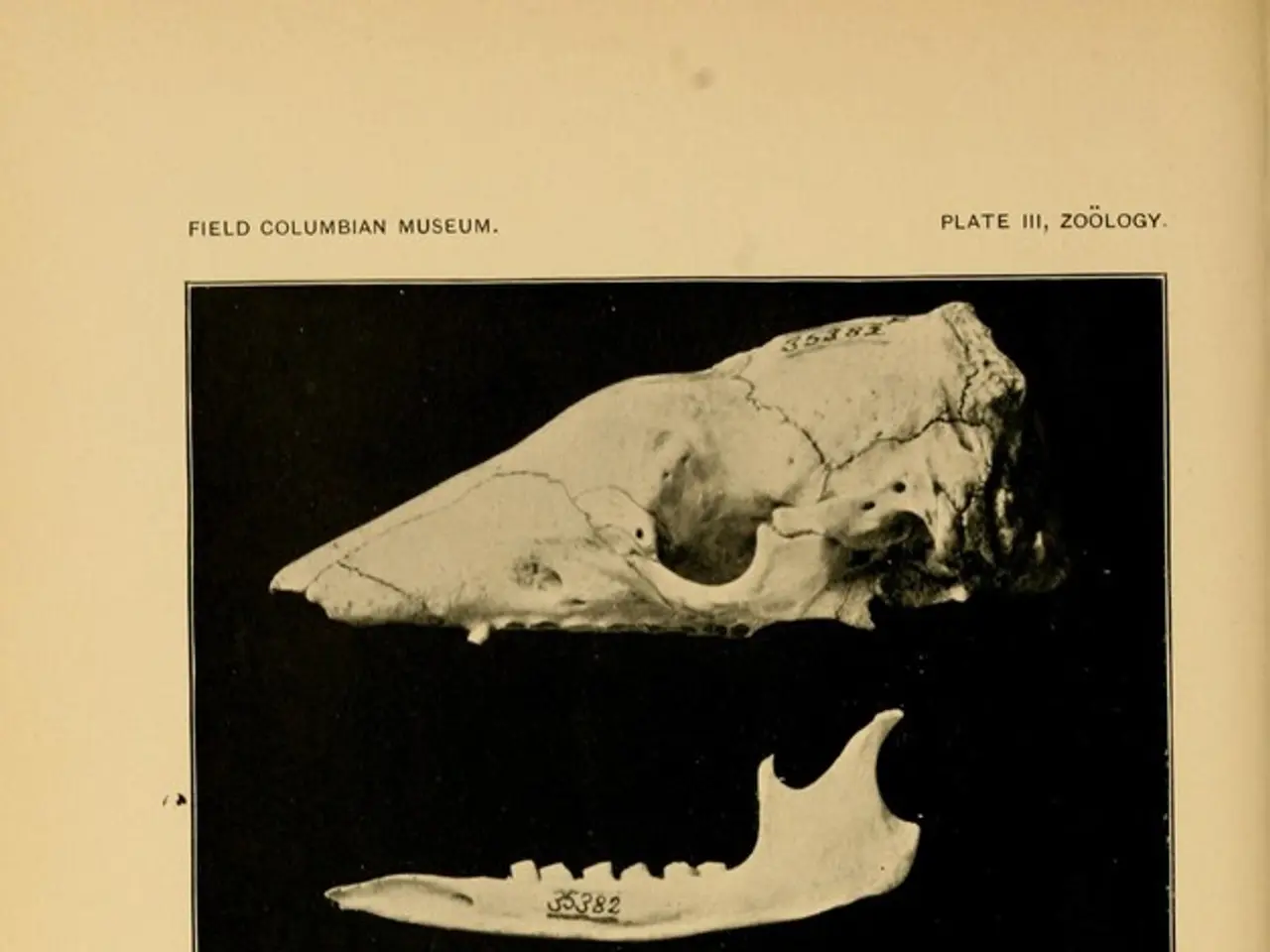Research reveals that children affected by Angelman Syndrome typically exhibit decreased bone density.
In a significant development, a recent study published in the European Journal of Pediatrics has shed light on the bone health of children with Angelman syndrome. The research, led by Dr. Elisa Morelli and her team, has revealed that children with Angelman syndrome have lower bone health on average compared to their peers from the general population.
The study, titled "Bone health in children with Angelman syndrome at the ENCORE Expertise Center," examined data from 91 children with Angelman syndrome who visited the centre between 2010 and 2021. A specialized type of X-ray of the hand was used to look at bone thickness and generate a bone health index standard deviation score (BHI-SDS) reflective of bone quality relative to the average seen in the general population.
At the most recent assessment, children with Angelman syndrome had a relatively low mean BHI-SDS of -1.77. This indicates that their bone health is significantly lower than the average. Moreover, children with a genetic deletion had significantly lower BHI-SDS scores (-2.22) than children with other genetic causes of disease.
The study also identified several risk factors for poor bone health in children with Angelman syndrome. These include deletions in the UBE3A gene, immobility, late onset of puberty, and a history of bone fractures. However, the study did not provide a clear cause for poorer bone health in Angelman patients. It is possible that the disease mechanisms and changes in the UBE3A gene are directly responsible.
The scientists propose that bone health should be routinely measured in young Angelman patients, particularly for those experiencing fractures from nonsignificant injuries or unexplained discomfort. They suggest that monitoring and guidance of bone health should become a regular part of clinical follow-up in Angelman syndrome.
While the study has provided valuable insights, it did not discuss the potential impact of antiseizure medications, puberty induction, or exercise on bone health in Angelman patients. Nor did it provide information on how the data on bone health can inform treatment and management decisions related to exercise or puberty induction in Angelman patients.
The study contributes to optimizing follow-up and treatment, thereby improving the quality of life of children and adults with Angelman syndrome. Further research is needed to uncover a potential primary Angelman syndrome-specific mechanism for low bone health. With continued research, we can work towards improving the bone health of individuals with Angelman syndrome and ensuring they lead healthy, active lives.
Read also:
- Peptide YY (PYY): Exploring its Role in Appetite Suppression, Intestinal Health, and Cognitive Links
- Toddler Health: Rotavirus Signs, Origins, and Potential Complications
- Digestive issues and heart discomfort: Root causes and associated health conditions
- House Infernos: Deadly Hazards Surpassing the Flames








